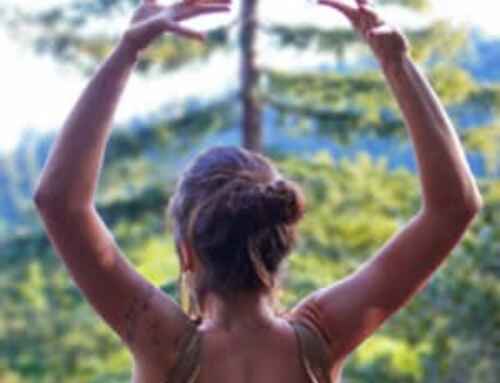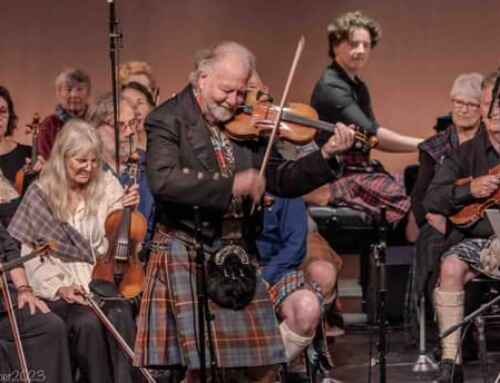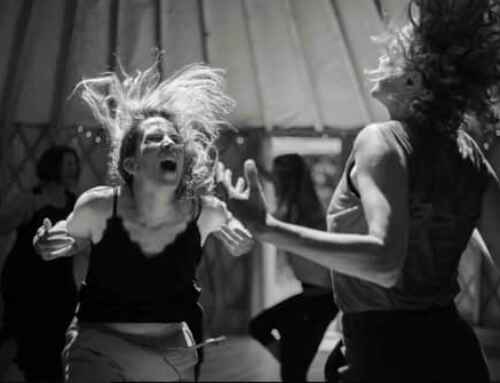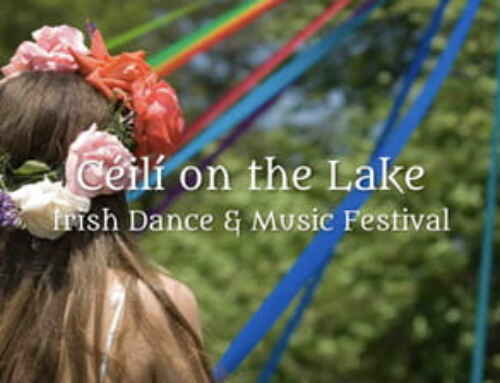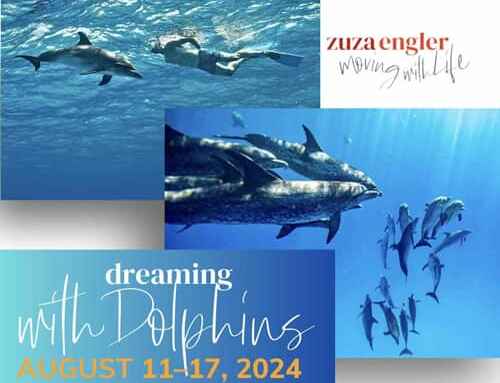
Kelsay Meyers & Dialogical Persona!
I believe in the power of metaphor to give birth to love, especially self-love.
For me, it all began in a continental philosophy class on Dialogical Self Theory and watching the movie based on Milan Kundera’s novel The Unbearable Lightness of Being, in which the characters Tomáš, Sabina, Tereza, and Franz ponder the lightness and heaviness in their lives as refugees after the Prague Spring in 1968. The four are entangled in love, the meaning of freedom, existence, and artistic expression. It is an inquiry into the nature of the soul, loss, human relationships, and exile. It is also where my own inquiry began to emerge with the simple object of the black felt bowler hat Sabina wore on top of her head.
When I was twenty-four, I took the bowler hat a friend gave me to my favorite coffee shop in Kalamazoo, Michigan and sat with it on my head for five hours hoping to experience for myself some of what it meant in the novel: an inheritance, a masculine symbol made feminine by a woman artist, a playful flirtation, an emblem of power, a memory of past relationships, and a leitmotif for an entire life. It captured my own sense of being, and when I drove home that night, a poem poured forth from my consciousness.
At the time, I thought it was the birth of my writing method and persona, but I now realize it was the birth of my soul and the persona I’ve since created around it. At the very least, it was the birth of my second tattoo of a bowler hat with the words “light & liberation” above my right ankle. . .It’s not an exaggeration to say I’ve spent my entire life learning about myself and what my place in the world is without having much external confirmation about who I am and where I come from.
I was born in Busan, South Korea around noon on October 8, 1984, and immediately surrendered at birth. Even though I was adopted by a close and loving family in West Michigan and grew up within a supportive extended family and small community, it is still painful having one’s initial entry into the world be an unendurable sense of grief and loss: of a mother, a home, a country, and a culture, even of my original name, Jin Jung Mee. I spent the first 32 years of my life feeling fragmented and broken; abandoned, rejected, yearning for love, and belonging, and searching for it in emotionally, sexually, and somewhat physically, abusive intimate relationships with older women who mirrored back the original trauma and wounding of my adoption experience.
Even more significantly, I was completely disconnected and dissociated from my grief and from my body, not only due to the trauma around my birth, but also uncovering early life sexual abuse during the first three months I spent in foster care in Korea. I’m still not sure if it’s the peculiar way trauma shapes a certain quest for understanding, meaning and self-questioning, my own personality, or my innate love of learning (it’s probably some combination of all of those things with a bit of mystery I’ll simply never know), but I wasn’t content to live my life as I had been or to accept that change and transformation wasn’t possible without being reunited with my biological mother, as I had been told by one of the leading adoption psychologists in the field. I am just too creative for that.
Since I grew up without any genetic mirrors, I decided to create them for myself using metaphors, objects, and symbols as a way of understanding myself, the world, and my place within it. I did it mostly through personal essays, poems, mixed media and found object art installations and self-studies. Academia and the creative arts provided a safe space for me to dialogue, express, research and learn about how to become a whole person again, with all of my multifaceted layers and complexities of identity. In studying creative writing, aesthetic theory, deconstruction and literary theory, integrative somatic trauma, narrative, personality, and expressive arts therapies, I’ve gained (and am continuously learning more) valuable tools and skills, but I was still not satisfied. I felt like there was something more that I was missing.
Because I felt rootless for much of my life, it was difficult for me to feel tethered to the messiness in myself and in the world. To find grounding, I had to restore the connection to my heart, body, and natural environment that had been severed at birth. It wasn’t something I could do within academia because those connections don’t happen through the learning of our minds or even through the creations of our hands.
One of the greatest gifts I’ve received from multimodal expressive arts, particularly within the Tamalpa Institute tradition that uses dance, movement, drawing, writing and performance-based ritual, has been the witnessing, mirroring, reflection and integration of my whole self that allows for holding the primal wounds of abandonment and loss with strength, compassion and liberation. I encountered my heart, and the stories of love and worthiness that were being held there, and through drawing and dancing them opened myself to love in new forms. I was able to confront my grief, give it shape and expression in my body, and hold it. With the focus of the arts practices on healing rather than skill or craft, I gained the felt-sense experience of permission and freedom to study my own personal experiences and express them to their full extent, not just in the various art mediums, using my voice or my mind, but with my whole body engaged in the process.
Now, I have come to a place where I no longer feel shattered, abstract, or dissociated from my identity. I give myself the gift of being all of who I am without shame, restriction, or holding back a small part of myself. And, more surprisingly to me, I became the inner queen I saw myself as to the external world. Friends and acquaintances who see me celebrate myself, my body, and the freedom and joy I experience in my life with sensuality and boldness want to know how I did it.
Learn More Here:
Dialogical Persona Healing Arts
Brainz Magazine Interview With Kelsay Elizabeth Myers: A Deeper Look Into Expressive Arts
Want to be featured in our newsletter? Email

